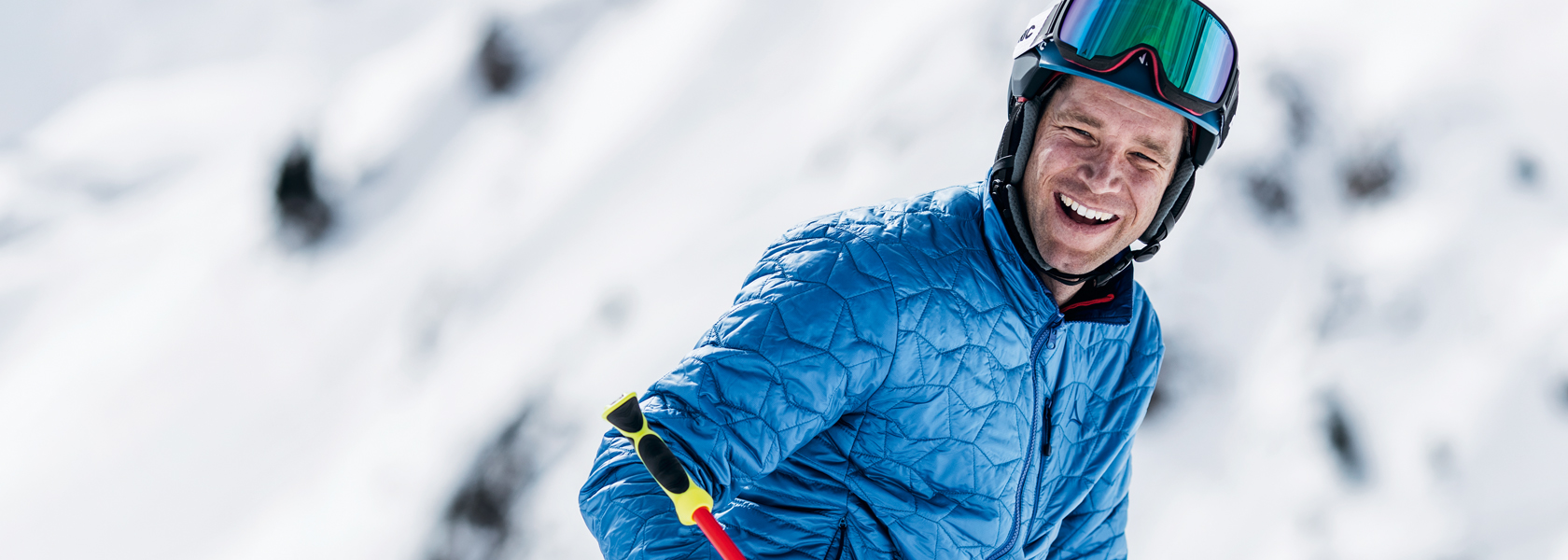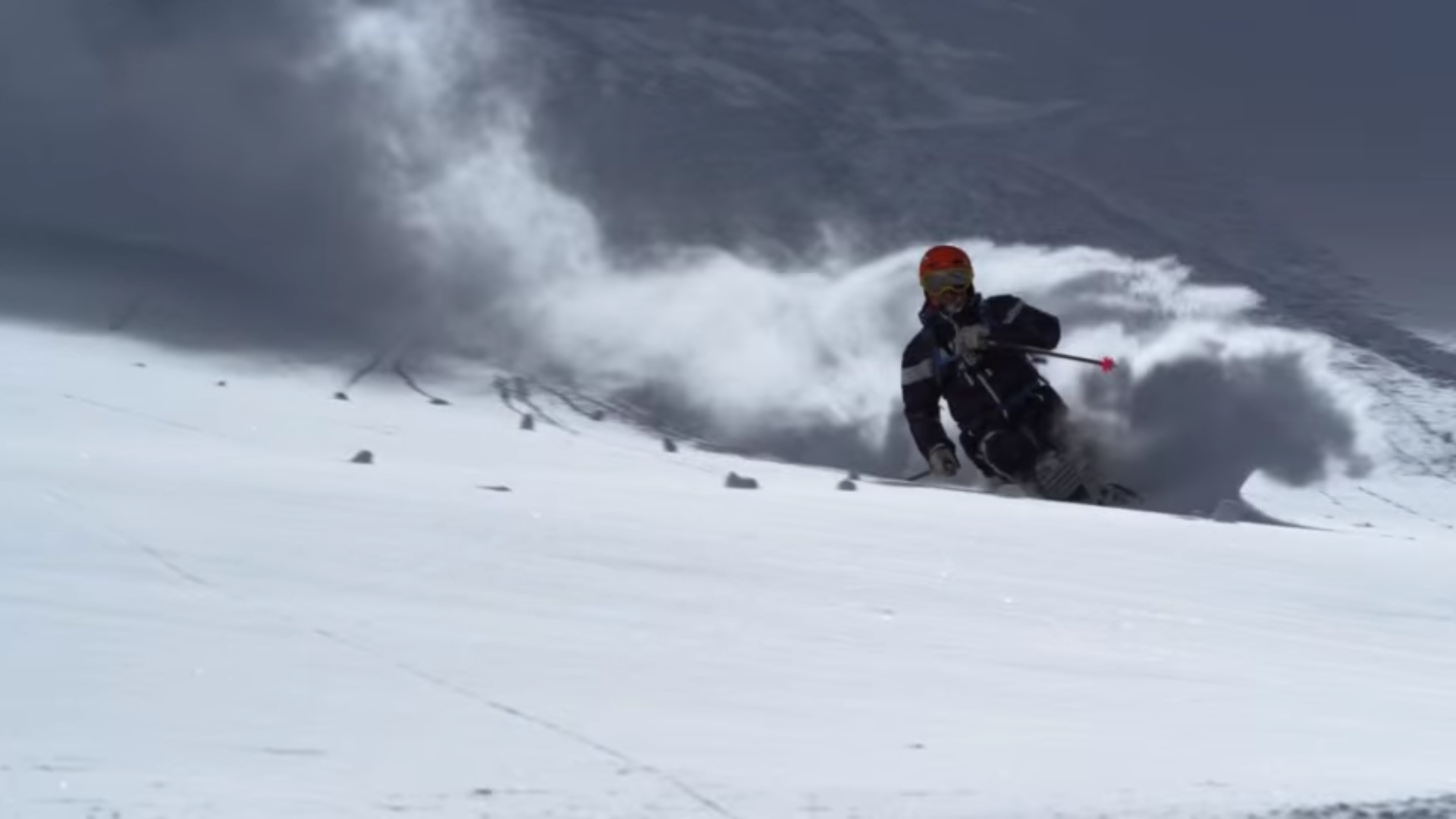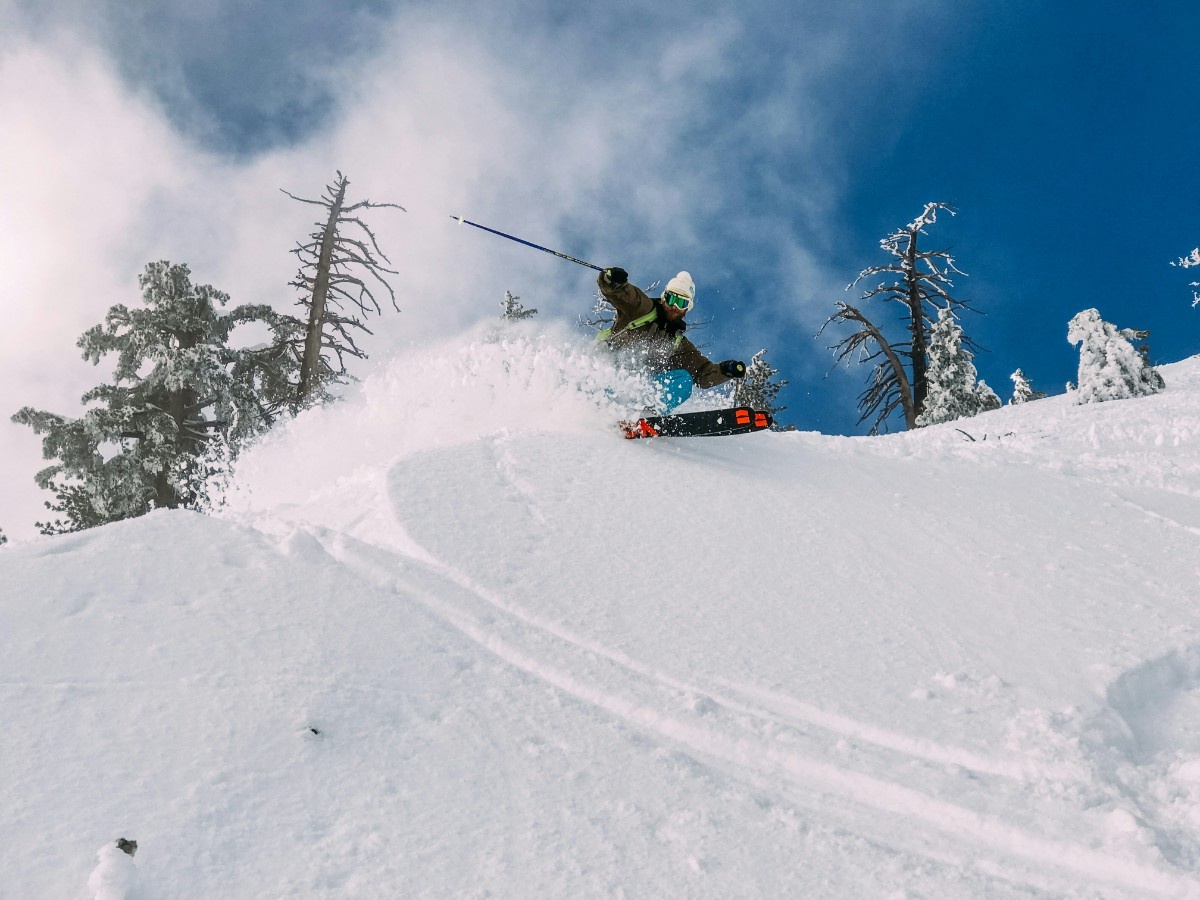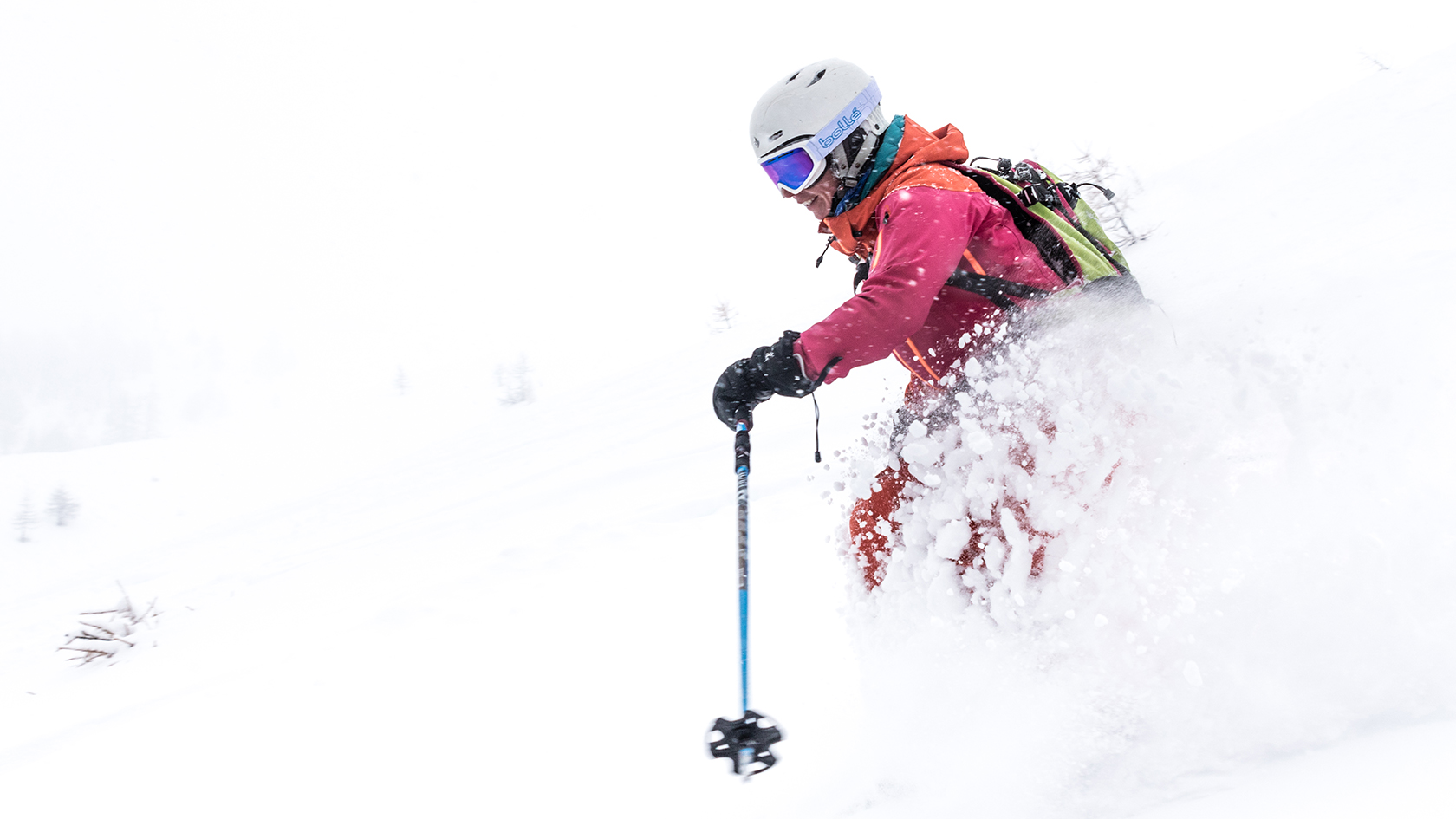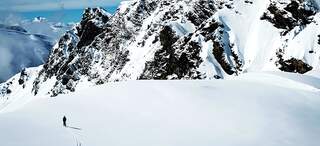HOW TO SKI POWDER: MAKING THE MOST OF FRESH SNOW
If you’ve ever gazed out at a blanket of untouched snow—sparkling, deep, and inviting—you know that fresh powder is the holy grail of skiing. But for many, powder skiing is both a dream and a challenge. Mastering the art of skiing powder transforms a good day into an unforgettable one.
Powder Skiing at a Glance
Skiing powder means navigating deep, soft, and often freshly fallen snow rather than the firm, groomed pistes many are used to. The techniques, equipment, and mindset required are distinct, offering a unique blend of challenge and reward.
Quick Summary (TL;DR)
To ski powder effectively, use a slightly narrower stance, maintain momentum, distribute your weight evenly over both skis, and initiate turns with rhythm rather than force. Choose the right powder skis and start on gentler slopes if you’re new. Confidence comes from staying relaxed, practicing patience, and embracing the sensation of floating.
Understanding the Basics: Powder vs. Groomers
| Feature | Groomed Skiing | Powder Skiing |
|---|---|---|
| Surface | Hard/packed snow | Soft, deep snow |
| Technique | Edging, carving | Flotation, bouncing |
| Stance | Parallel, moderate | Slightly narrower or together |
| Speed | Control with turns | Speed maintains float |
| Equipment | Standard all-mountain | Wider, rockered powder skis |
Choosing the Right Gear for Powder Days
Wider Skis are Essential
Powder skis, often called fat skis, have a wider waist width (typically 100–130mm). This design maximises surface area for flotation, keeping you above the snow. Many feature rocker (early rise in the tip and tail) which helps prevent the ski tips from diving under the snow—a problem many powder beginners face.
Boots and Bindings
A responsive, supportive boot is crucial. Ensure your boots fit snugly (heel hold, minimal lift) and your bindings are correctly set—powder crashes can be sudden and unexpected, so proper DIN settings matter for safety.
Poles
Opt for poles with larger baskets to prevent them sinking too deeply into the snow.
Developing Your Powder Technique
1. Stance: Find Your Balance
Balance is key in powder. Rather than leaning back (a common myth), centre yourself over your skis. Staying too far back will fatigue your legs and reduce control. A slightly narrower stance helps your skis work together as a single platform, increasing float and stability.
2. Rhythm and Momentum: The Art of Flow
Speed—within your comfort zone—is your ally in powder. Maintaining momentum keeps your skis above the snow’s surface. Think less about forcing each turn and more about linking them rhythmically. Short, smooth turns are more effective than aggressive, edge-heavy movements.
Powder skiing is all about smooth, rhythmic turns. Avoid abrupt movements, and let your skis flow naturally.
3. Turning and Bouncing
Powder naturally resists sideways movement, so traditional carving isn’t possible. Instead, try:
- Initiating turns with both feet, gently rolling your knees and ankles.
- Bouncing or unweighting as you transition between turns. This “pop” motion helps your skis break free of the snow, making direction changes easier, particularly in very deep powder.
4. Be Patient—And Let Gravity Help
Equipment FAQs
Look for fat skis with a waist width above 100mm, often with a rockered tip and sometimes a rockered tail for optimal floatation and easier turn initiation in deep snow.
No—don’t lean back! Instead, stay centered. Modern powder skis are designed to float if you remain balanced over your boots. Leaning back increases fatigue and decreases control.
A balanced stance and appropriate momentum are more important than trying to keep your tips up manually. The design of powder skis helps with this naturally.
Powder Skiing Step-by-Step: From First Runs to Mastery
1. Start Small
New to powder? Begin with shallow powder (10–20 cm) and on less steep slopes. Get used to the slipperier, surf-like feel before tackling deeper snow or challenging terrain.
2. Find Your Stance
Your stance should be:
- Slightly narrower than on groomers
- Balanced and relaxed over your feet
- Weight distributed evenly between both skis
This builds the stable “platform” essential in soft snow.
3. Practice Rhythm and Bounce
Try gentle, bouncing movements as you traverse across the slope. Once comfortable, aim for rhythmical, linked turns while descending. Imagine your skis “breathing” with the snow—compress, release, and repeat.
4. Progress to Steeper Terrains
As you gain confidence, seek out steeper slopes with untracked powder. The increased incline helps maintain momentum and reduces the “bogged down” feeling many beginners experience.
Safety and Powder Skiing
Avalanche Awareness
With deep, fresh snow comes increased avalanche risk—never ignore the fundamentals. Before venturing off-piste, check avalanche forecasts, carry appropriate safety gear (avalanche transceiver, probe, shovel), and never ski alone if you’re outside controlled resort terrain.
Tree Wells and Obstacles
Powder can hide hazards like rocks, brush, or tree wells. Always look ahead and keep emergency contact in mind if venturing in less-patrolled zones.
Improving Your Powder Skiing: Learning from the Pros
Professional ski instructors, such as those from the Professional Ski Instructors of America, recommend:
- Mental focus—commit to each turn; hesitation can get you stuck or cause falls.
- Continuous movement—keep your body flowing down the fall line, minimizing stops that can sap momentum and energy.
- Practicing on variable snow—skiing “cut up” or tracked powder can refine balance and reaction skills, preparing you for the deepest days.
Common Powder Skiing Mistakes (And How to Fix Them)
- Too Wide a Stance: Leads to one ski diving under the snow, causing instability.
- Leaning Too Far Back: Results in tired quads and diminished steering control.
- Attempting Aggressive Edging: The powder doesn’t provide enough resistance for firm edge control; think “surf” rather than “carve.”
- Lack of Speed: Skiing too slowly causes you to sink; moderate speed is essential for staying on top.
Most-Searched Powder Skiing Questions (Answered)
Generally, 20–30 cm (8–12 inches) is enough for a soft powder experience, but true “bottomless” powder days often see 40 cm or more.
Absolutely! While technique differs from piste skiing, beginners can learn powder skiing by starting on gentle, shallow powder terrain.
Start by choosing shallow powder—10–15 cm deep—on gentle slopes to build confidence and understand how skis respond in softer snow. Focus on staying balanced and relaxed, keeping your movements fluid rather than tense. Gradually increase speed, as momentum helps you stay afloat. Practice making short, rhythmic turns and maintain equal pressure on both skis to prevent sinking or losing control.
Powder skis, often called “fat skis,” are best for deep snow. They feature a wide waist (typically 100mm or more) and a rocker (upturned tip and sometimes tail) that help keep the skis on the snow’s surface. This design maximises flotation, stability, and turn ease. Select powder-specific models if you expect to ski deep snow regularly for the best performance and control.
Powder skiing demands a lighter, more fluid technique because the snow is soft and deep. Unlike piste skiing, which relies on sharp edge control and carving, powder requires smooth, rhythmic turns and consistent speed to stay on top of the snow. Your stance is generally narrower, and you’ll steer more with your legs and feet rather than carving with your edges.
After a fall in deep powder, stay calm and avoid vigorous movements that can sink you further. Bring your skis together and aim your tips downhill. Use your poles to push up, rolling onto your side if necessary. Take your time—regaining your stance can be challenging, but methodical movements will help you get back up efficiently.
Taking a lesson before skiing powder is highly recommended. Instructors can introduce proper techniques, from balanced stance to powder-specific turning, while providing critical safety and confidence tips. Lessons can significantly shorten the learning curve, making your first powder experience more enjoyable and safer, especially if you’re not already comfortable on ungroomed terrain.
Destination Inspiration: Where to Ski Powder
Some of the best powder skiing experiences can be found at:
- The French Alps (Chamonix, La Plagne, Les Arcs)
- The Scottish Highlands (Cairngorms on a bluebird snow day)
- The Dolomites (Val Gardena’s hidden bowls)
- Canada (Revelstoke, Fernie)
- USA (Utah’s ‘Greatest Snow on Earth’)
Local knowledge pays off—even nearby small resorts can get magical overnight dumps. Check social feeds and resort snow reports before a powder day.
Powder Skiing Glossary
- Powder Skiing: Riding on deep, freshly fallen snow, often off-piste.
- Rockered Ski: Ski with a pronounced rise or curve at tip/tail for easier flotation.
- Flotation: The ability of skis to stay on top of soft snow.
- Fall Line: The most direct route down a slope.
- Tree Well: A concealed void of soft snow around tree bases, a hazard in deep powder.
- DIN Setting: The release force on ski bindings—essential for safety in variable terrain.
With the right equipment, technique, and mindset, powder skiing is less about brute strength and more about rhythm, flow, and letting the mountain do the work. Every turn in fresh snow can feel effortless—like a dance with gravity itself. Whether you're a first-timer or a seasoned off-piste adventurer, the key is embracing the conditions, letting go of muscle memory from hardpack skiing, and—above all—enjoying the ride.
Ready for your next powder day? Get the right gear, set your alarm early, and embrace the float.
Related Articles

Let us know you agree to cookies
We use marketing, analytical and functional cookies as well as similar technologies to give you the best experience. Third parties, including social media platforms, often place tracking cookies on our site to show you personalised adverts outside of our website.
We store your cookie preferences for two years and you can edit your preferences via ‘manage cookies’ or through the cookie policy at the bottom of every page. For more information, please see our cookie policy.
